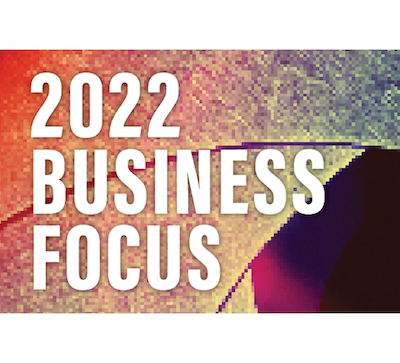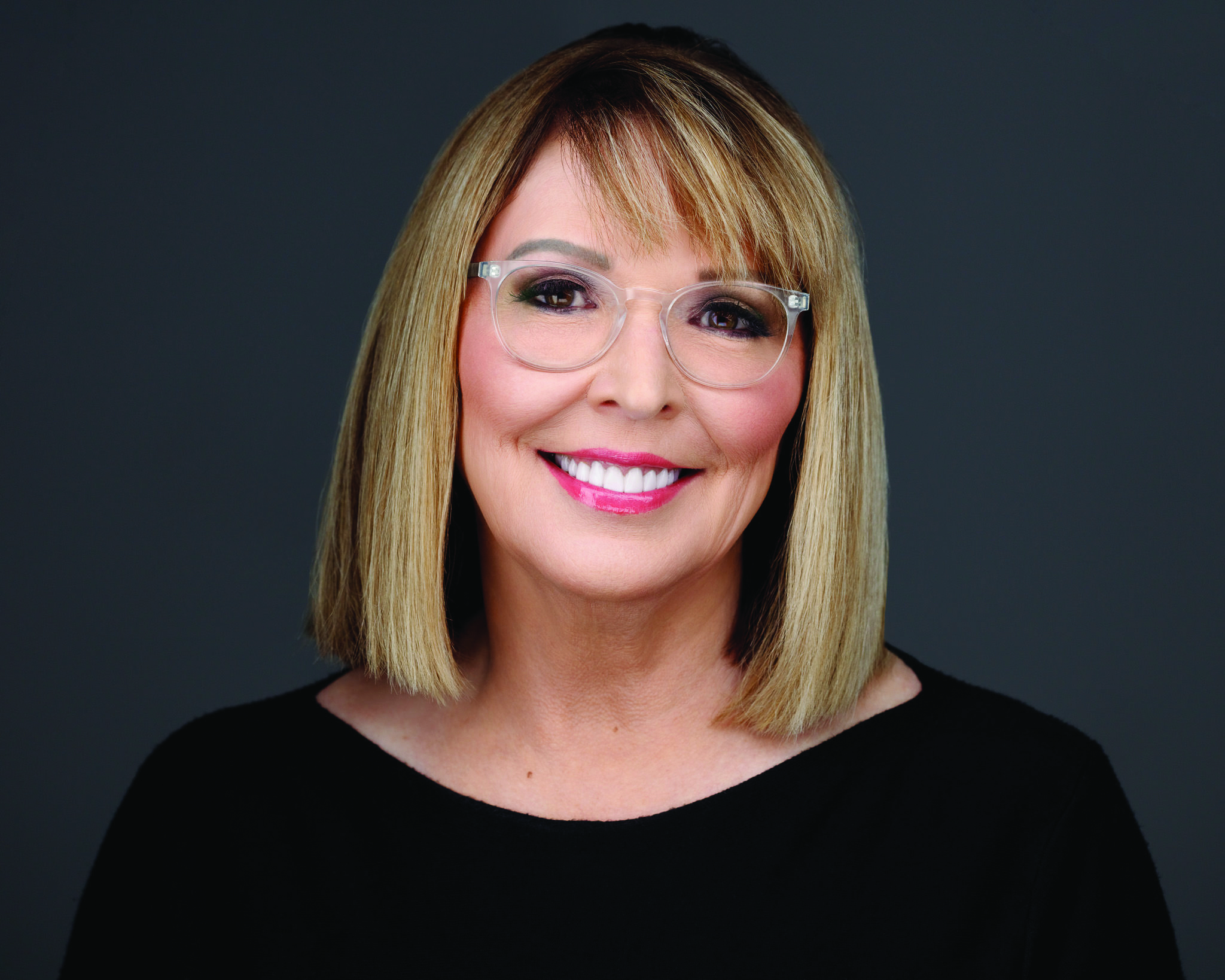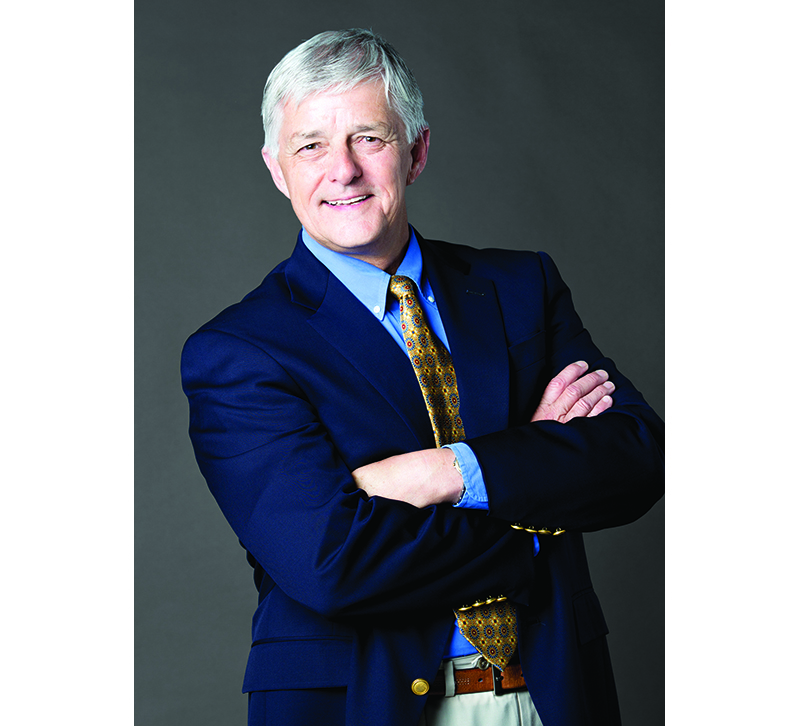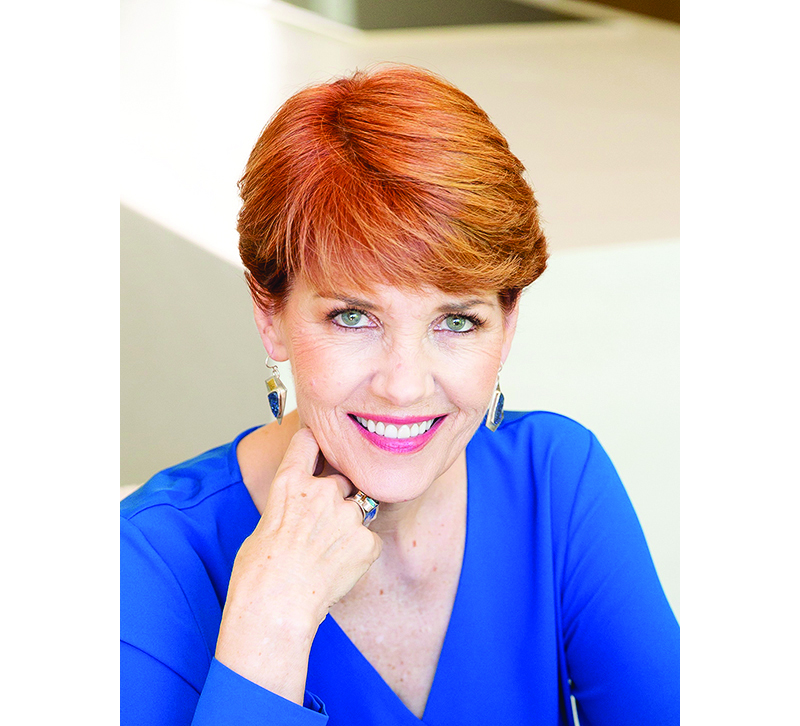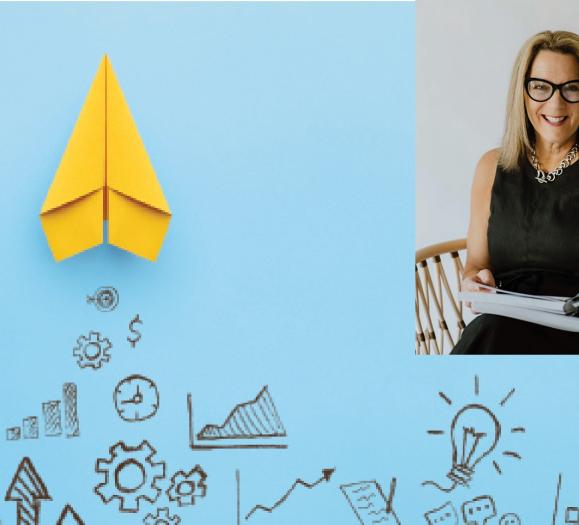In what has been yet another unprecedented year of twists and turns, we’ve had to pay closer attention to the details of our businesses. Business in the home furnishings industry has been and continues to be both robust and challenging. We’ve turned to retail and designer coaches to talk about the areas of your businesses that you want to be focusing on in the coming year.
Gail Doby
Beyond the basics of planning, setting goals and understanding your numbers, Gail Doby, founder of Gail Doby Coaching & Consulting for Interior Designers, details some of the business pieces designers should be honing in 2022.
First, consider these three focal points to get or keep your business on track and growing, says Doby.
- “Profit. This is always the number one priority for any design business because it pays the owner for his/her hard work and risk of running and managing a business.”
- “Company culture. Without a strong culture and alignment of team members with that culture, the business will struggle to succeed and grow. A strong culture is maintained by establishing words that embody the goals and values of the owner, and hiring and firing to that culture.”
- “Processes and procedures. To run an efficient business and for the owner to have the ability to step away from the day-to-day activities, the business needs systems, processes and procedures to run efficiently.”
Some of those processes need to relate to communication now and in the coming year, particularly in light of supply chain delays, labor shortages and other unforseen challenges that have been and continue to delay projects.
“Communication early and often can’t be understated,” Doby notes. “Because of the supply chain issues, clients are becoming frustrated. It’s crucial to share the truth on a regular basis so the clients aren’t surprised and frustrated because of the lack of updates. Acknowledge the client’s understandable frustrations and tell them the steps you’re taking to mitigate the problems. Extend the expected lead times significantly. Consider how you can loan furnishings until the orders are complete. Creativity with your solutions and consistency in communication will help you avoid client meltdowns.”
With the supply chain issues, there have also been unexpected costs. As container prices continue to rise, so too, does the cost of doing business. What should designers be keeping an eye on, even when these costs might be out of their control?
“Freight is one of the biggest issues today,” Doby says. “Clients are shocked at how much it costs. We’ve seen numbers as high as 30 percent of the marked-up furniture costs. This needs to be communicated in the contract as well as throughout the process of presenting proposals.”
Another financial focus that has been shifting and will continue into 2022 is that of staffing. “Employee salary is another big area of concern today,” Doby notes. “The employment market is tight and even the most junior of prospective hires are demanding outrageous salaries and benefits. Be prepared for employees to be poached. It is happening every day. Work hard to communicate with your employees. Pay fairly, and consider incentive compensation as a way to keep your highest performers.”
Now more than ever, Doby notes that connecting with peers can be helpful as you move forward in your business. “Your peers are in the trenches every day and they can share tools, documents and advice when you’re needing it,” she says. “We have built a community of like-minded peers that help each other every day. If you aren’t in our programs, then definitely create your own peer group. You can meet people at markets or at your local association meetings such as the American Society of Interior Designers (ASID). Be open to sharing as there is more than enough business for everyone these days. Be abundant in your mindset. It will come back to you many times over.”
To learn more about Gail Doby and her coaching programs, go to www.gaildoby.com
Mike Peterson
Heading into 2022, define your strengths and pay attention to advancements in design technology, notes Mike Peterson, founder of Visionary Design Marketing and Design Harmony. This is especially important as it relates to health and wellness in design. It’s been said that architects and designers have a greater ability to improve health than medical professionals, according to Peterson’s research. To have that power, designers need to take stock of the language and focus on interior design as a vehicle to healthier humans. Design as a path to “healthier living through environment” has taken hold. “For example, Etsy’s headquarters and Apple’s new headquarters are both focused on 100 percent biophilic design,” he says. “This is where design needs to go.”
Don’t confuse health and science with wellness though, Peterson warns. “Everyone wants a piece of the word wellness,” he says, adding that the term is so overused, its meaning has become diluted. Instead, he suggests, if you are creating environments designed to destress and promote health, it’s important to understand the science behind the terminology. Through research and conferences such as Livable, it’s possible to get a handle on the science, embrace it and bring a unique health-focused perspective to your clients.
- Bring the conversation with clients back to science and design,” says Peterson. “You can grab hold of a subject like this and make it an engine of success. It shows that you understand the human organism and how an environment can act as a positive agent on our bodies.” He suggests the following questions for prospective clients.
- With all of the importance of health today, and in your personal interests, where does health fit in in levels of importance?“
- What type of a relationship do you want to have with your home environment?”
These are fundamental questions that should be asked at every first meeting with a client. “There’s so much designers can do to get into the hearts and minds of their clients. One powerful way is incorporating the health benefits that come as a part of the services they provide,” Peterson notes.
Keep an eye — literally — on the technology and science breakthroughs that can assess human behavior. For example, wearable technology today can track where a person’s eye movement goes and can assess the subconscious reaction to where the eye lands. “Imagine being able to access this type of technology when walking through inspiration spaces, looking at colors and other elements for the home,” Peterson says.
Learn what can differentiate your design services from other local designers and embrace what makes you unique,” he adds. “If you plan to hone in on health and science, do your homework, be prepared and keep conversations focused. Be specific on your path.”
For more on Mike Peterson, visit www.visionarydesignmarketing.com
Bob Phibbs
While it’s a tough time to read the retail tea leaves, with unprecedented demand and delays, retail coach Bob Phibbs, founder of SalesRX, says it’s time to start planning for what comes next. “Demand is going to soften as we come into the winter months,” he predicts. “You need to take steps now to prepare for what’s next.”
How to prepare for the future? Phibbs continues that “retail is a game of being brilliant on the basics.” He notes that customers will find a way to get what they want when they want it.
“It’s your job to craft an amazing customer experience that everyone is going to be raving about,” Phibbs says. “People who have money to buy furnishings know other people who have money to buy furnishings. The consumer of 2022 is looking for someone who is willing to be a partner
with them.”
Phibbs shares tips for ensuring that stellar customer experience:
- "Elevate the basics of good customer service. When you hire people, train them well on what your brand standards are.“
- "Update your website. Your customers aren’t looking for the news on your site; they are looking to be taken away from it. Make sure your site is up to date, easy to navigate and delivers on the experience your customers would get in your store.”
- "In today’s environment where shipments are often delayed, be sure to follow up proactively with customers and keep them informed. Get ahead of this wave of anxiety people have about paying for expensive custom items. Silence can be deafening.”
- “Have good processes in place. You need to take steps now to prepare for the next situation. What if the streets are closed or you lose one of your best salespeople? What are your processes so you are prepared for the unexpected? Retail is different than it was 10, 20 years ago. Some retailers still run their businesses that way. Most of today’s consumers won’t respond to that.”
- “Spend your money on a good, full-featured CRM system. It’s time to purchase the technology that can help you do a better job.”
- “Make sure you and your staff know how to sell in today’s environment. Sales and discounts are not the answer. Don’t get the order. Get the sale. You need to be invested. Meet your customers in their homes. If you can get into someone’s home, you’ll see what
- else they need. Remember, your customer is looking for a partner.”
For more on Bob Phibbs and his SalesRX program, visit www.salesrx.com
Melissa Galt
For Melissa Galt’s interior design coaching clients, there are big things to focus on in your design business as you head into 2022, and there are process changes too. First, how do you frame your business, Galt asks? “The words you use with your business and inside your business will determine your wealth. If you’re focused on words like ‘budget,’ ‘cost’ or ‘expensive,’ you should change your language. Words matter,” she says. “Don’t keep negative cycles in your head. Change it, flip that script. Positivity matters. That’s a place to start.”
She adds that you should be catering to and shoring up your strengths. “Delegate or delete your weaknesses,” she says. Taking these steps can help designers out of the confidence crisis many find themselves in. “You want to be looking for what’s working instead of what’s not working,” Galt notes. She suggests an exercise she does with her clients. Create a victory list, she says, and then jot down all of your victories, large and small, starting with being born. “Your biggest project, your first project, the project you never thought you’d finish,” she adds.
“Our wins are hiding in plain sight but they’re hiding because we’re not looking for them.”
In the day-to-day side of your business, Galt adds, there are steps you can take now to set up your success later.
- “Designers need to embrace remote assistance when building their teams. Outsource more often. There are virtual design assistants out there. You can get CAD, rendering and administrative assistance and all of it’s remote.”
- “Stay abreast of what’s happening with production and supply chains. Share this information with clients and potential clients at the beginning of a project, not after the contract is signed.”
- “Clean up your rates. The majority of designers are still focused on hourly rates. It’s time to move to flat fees. There are several methods for determining fees. There’s percent of project, but be careful not to make this about product costs. There’s determining your rate by square foot, which works best if the job is large enough. You can charge by room, focusing on three different categories of room type, or you can establish an hourly rate with a multiplier if you’re using estimated hours — 1.5x the hourly rate, or if the client is more challenging, 1.75x your typical hourly rate. The multiplier covers hours that you’ll work beyond what you’ve estimated.”
- “Create a Paid VIP wait list. You might not have the bandwidth to take on new clients right now, but that doesn’t mean you should let those potential clients get away. These waitlisted clients provide a non-refundable portion of the design fee in advance [high enough that they won’t walk away]. Change your language from ‘I’m not taking on new projects right now’ to ‘I’m not starting new projects right now.’ That shift in language alone makes a huge difference. With a non-refundable deposit, your VIP client’s place is sacred and you can better manage your workload.”
- “Make sure your letter of agreement has a cancellation clause and an expiration date. You should always do this, but even more so now. You choose the timeframe, but it shouldn’t be more than seven to 10 days. You should also add communication boundaries in your agreements. It’s not a focus on when your clients can contact you, but rather when you’ll respond. You have to be the CEO of your time and your calendar. Don’t let others decide for you that they are your priority. “
- “Keep learning. Everything someone needs to succeed in business is available online. Want to fast track that education? Get a coach. Business coaches expedite the process and they are worth their weight in gold to move things forward. If you want someone to climb inside your business, that’s a business coach. But there is also a boatload of training out there.
- Go get it. There is no one size fits all approach to interior design.”
“One of the greatest responsibilities designers have is to show our clients what they didn’t know existed, so they now can’t live without it,” adds Galt. “That’s the fun part. That’s what takes a project to double, triple and beyond. You want to be a steward of your client’s investment but not a manager of it. Don’t stop yourself from showing them things outside of the number they’ve given you that you think they might want.”
To learn more about Melissa Galt and her coaching programs, head over to www.melissagalt.com
Nancy Ganzekaufer
We’ve had unprecendented demand in home furnishings retail and interior design businesses in 2021. While it would be nice to assume that this will be the norm going forward, Ganzekaufer, founder of Nancy Ganzekaufer Business Coaching, suggests we should be prepared. “It’s likely this unprecendented demand will level off in the second half of 2022. Designers need to start putting some money away in case there’s a dip in the third and fourth quarters of 2022,” she says. “Put away a percent of your profit so you have a six-month cushion.”
With delivery and project delays too, Ganzekaufer suggests really assessing your client load. “Don’t take on too many clients,” she says. “It’s harder to close a job right now, and many designers are taking on way too much because jobs already in the pipeline are not ending. Be cognizant that you’re the middle man; don’t take the hit yourself.”
As you assess your client load in the coming months, choose the clients that energize you around what you do. “Review past jobs,” Ganzekaufer notes, “And determine which ones are at that 40 to 60 percent profit and were enjoyable. Identify what you’re saying yes to and what you’re saying no to. Keep in mind that bigger jobs are not necessarily the most profitable.”
To learn more about Nancy Ganzekaufer and her coaching program, visit www.nancyganzekaufer.com



